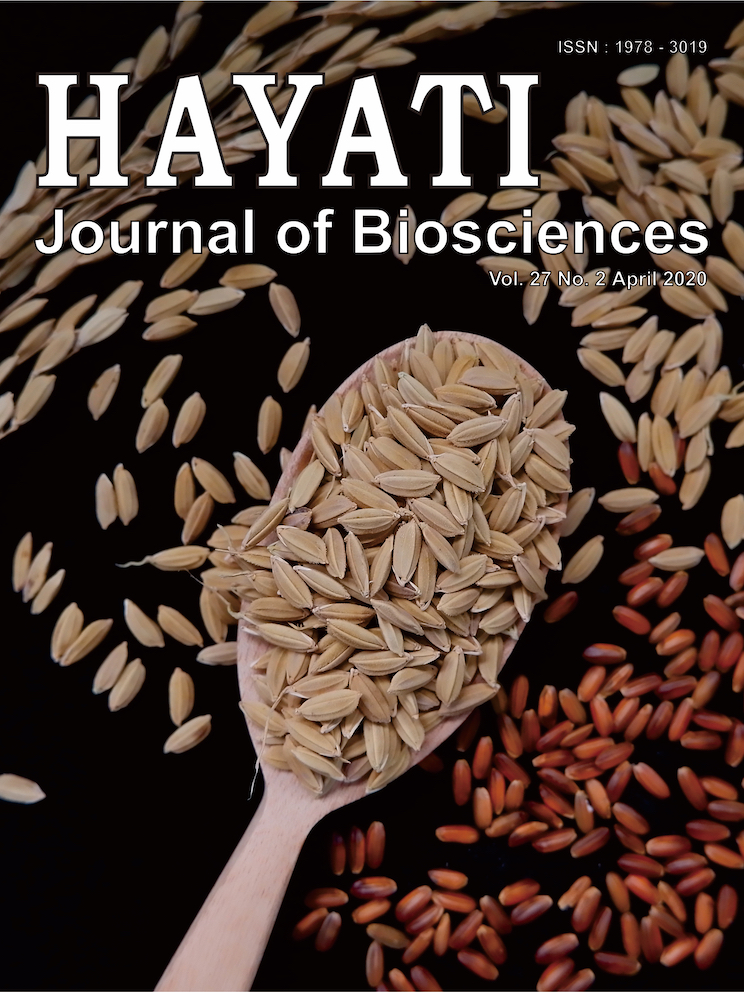Functional Analysis of an Appressorium-Specific Gene from Colletotrichum gloeosporioides
Abstract
A novel gene (CAS2) specifically expressed during appressorium formation was isolated from Colletotrichum gloeosporioides using Differential Display RT-PCR. CAS2 comprises 368 deduced amino acid residues and is 50% identical to a hypothetical protein from Chaetomium globosum. ProtFun 2.2 server analysis predicted that Cas2 functions as a transport and binding protein. Based on putative transmembrane domain prediction software (HMMTOP), Cas2 protein is composed of five alpha-helical transmembrane domains with a very short external N-terminus tail and long internal C-terminus. ExPASy ScanProsite analysis showed the presence of integrin beta chain cysteine-rich domain, N-myristoylation site, EGF-like domain, 2Fe-2S ferredoxins, iron-sulfur binding region, VWFC domain, fungal hydrophobins signature, membrane lipoprotein lipid attachment site, and Janus-faced atracotoxin (J-ACTX) family signature in CAS2 protein. Mutants with deleted CAS2 were not significantly different in terms of vegetative growth, conidiation, and appressoria production compared to wild type. However, the Cas2 mutant produced multipolar germination, a feature which distinguishes it from wild type strain. Interestingly, the mutant is non-virulent to mango fruits, indicating that CAS2 may encode proteins that function as novel virulence factors in fungal pathogens.
Downloads
HAYATI J Biosci is an open access journal and the article's license is CC-BY-NC. This license lets others distribute, remix, tweak, and build upon author's work, as long as they credit the original creation. Authors retain copyright and grant the journal/publisher non exclusive publishing rights with the work simultaneously licensed under a https://creativecommons.org/

























.png) IPB University
IPB University Department of Biology
Department of Biology The Indonesian Biological Society
The Indonesian Biological Society 

